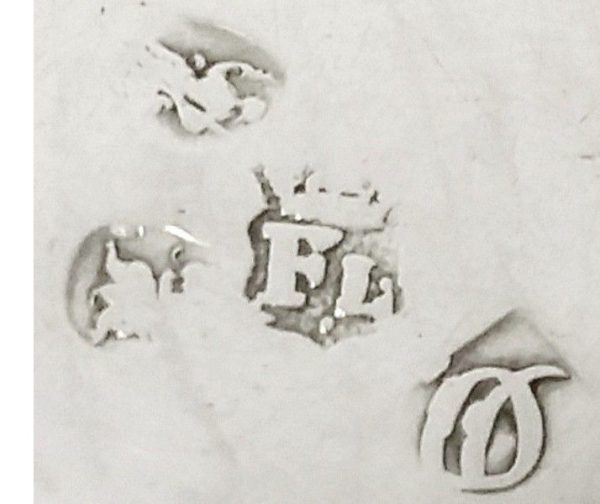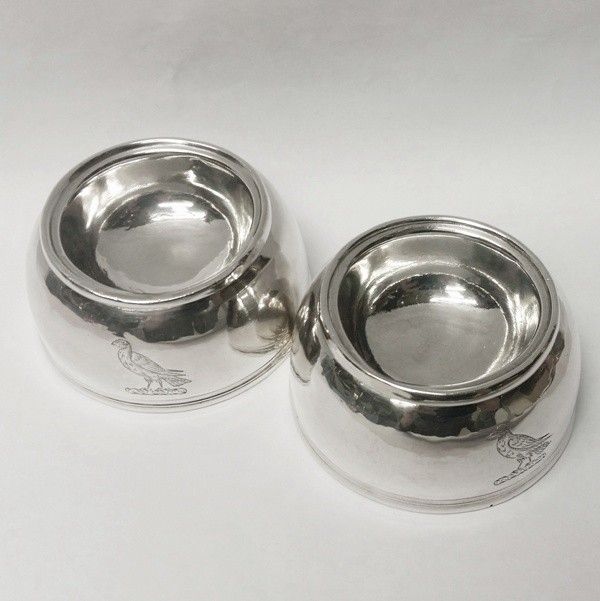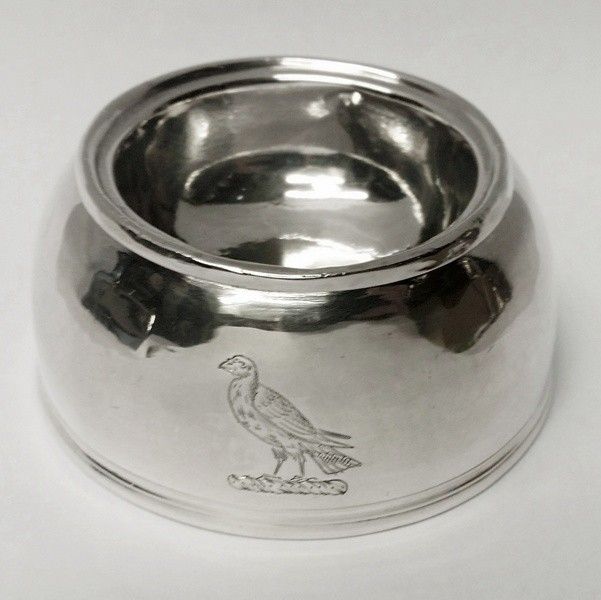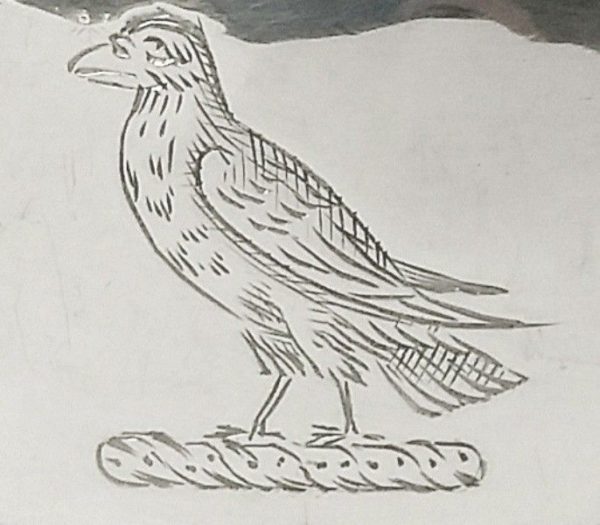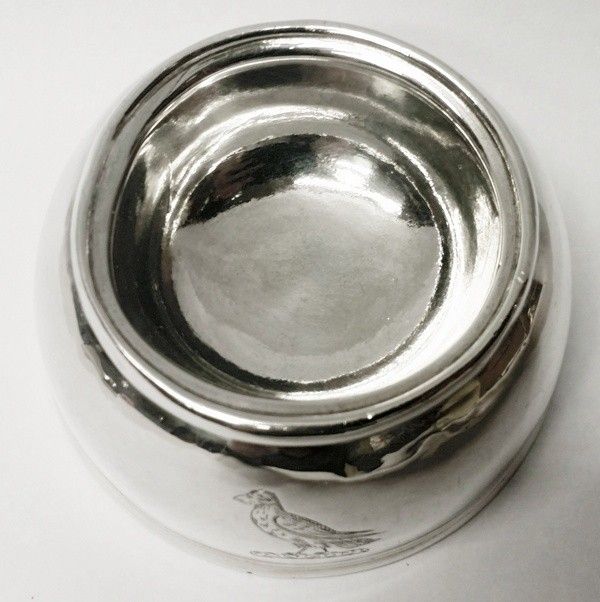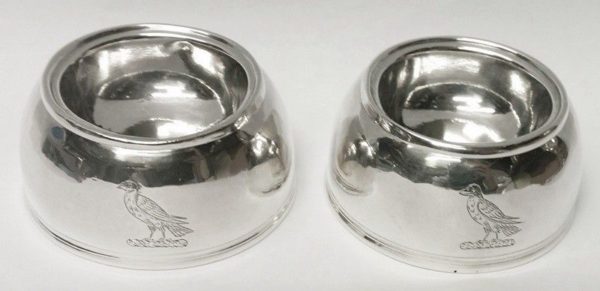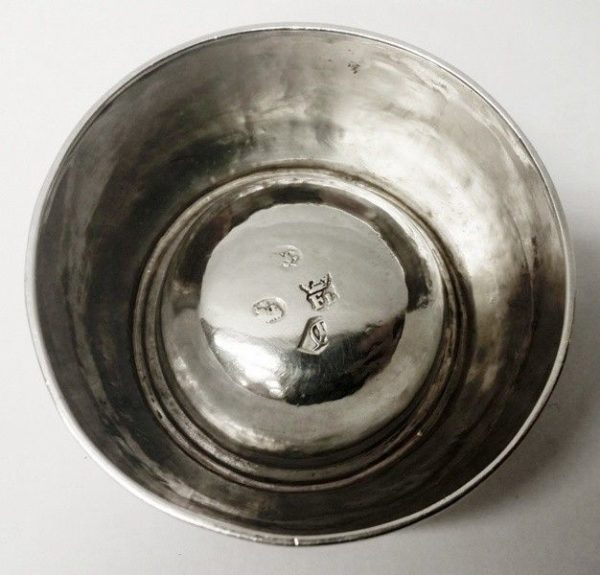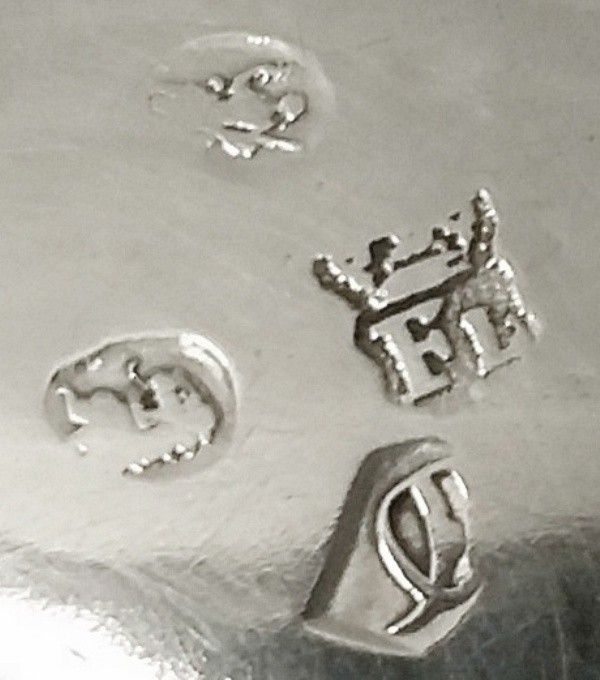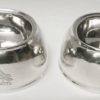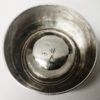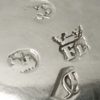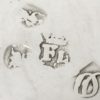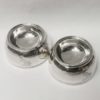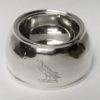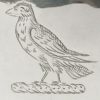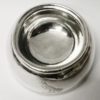Queen Anne Silver Trencher Salts
SOLD
Stock: 8519
Date: 1713
Maker: William Fleming
Country: England
A handsome pair of early English silver trencher salts in the circular form popular at the turn of the 1700's....
Description
Condition
These beautiful antique silver salts are in very good condition. Excellent colour. Stamped with a full, clear and matching set of English silver hallmarks.
Maker Information
Maker: William Fleming
Willian Fleming, apprenticed to Nathaniel Lock 1688, free 1695. Mark entered as largeworker 1697. Livery 1708. Known for his cream jugs, saucepans, dredgers and miniature porringers.
Our Guarantee
Customer satisfaction is our primary concern
All silverware on our website is checked thoroughly prior to offering it for sale and every product listing contains a condition report and details of the silver hallmarks.
All items offered on our website include:
- Free Shipping Worldwide
- Tracked and Insured
- 14 day no quibble money back guarantee
- We are accredited members of LAPADA and conform to their strict professional standards
- We dispatch 1-3 days after receiving cleared payments
More detailed information about deliveries, returns and how to pay is available in the Help section at the bottom of this page.
